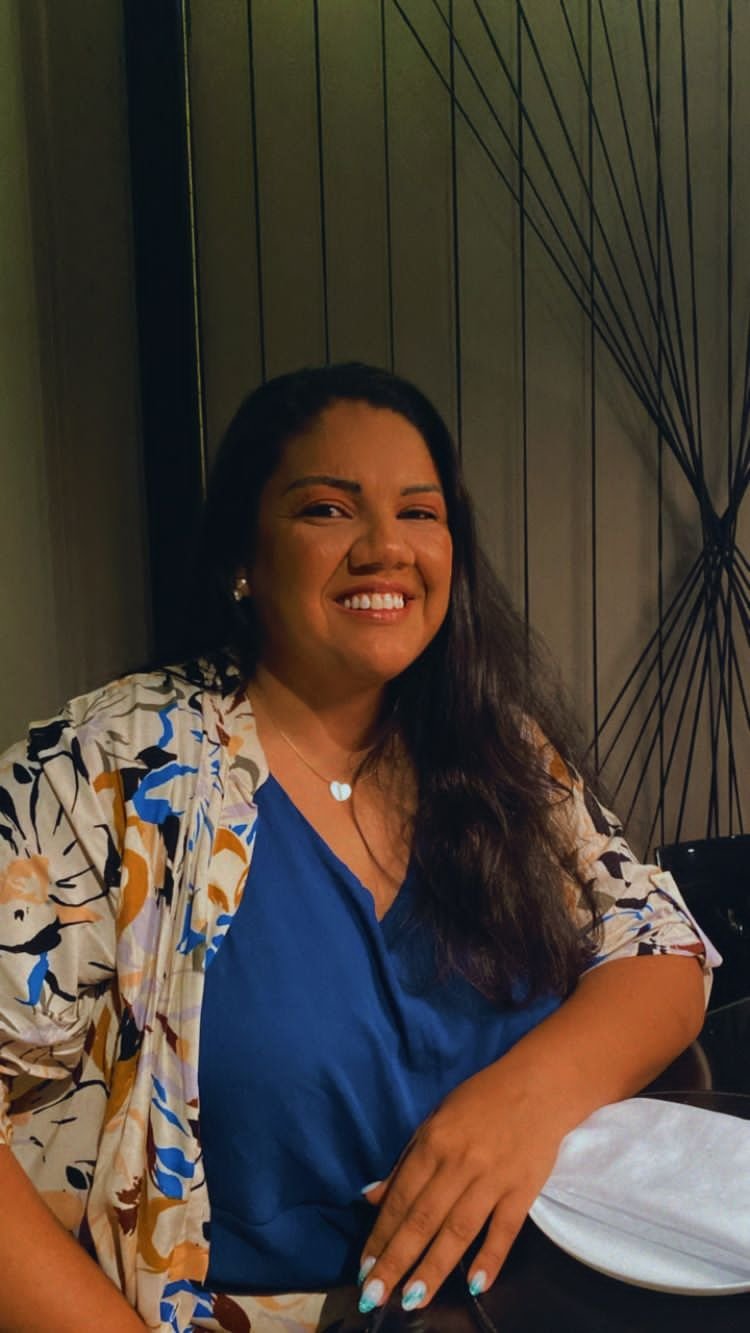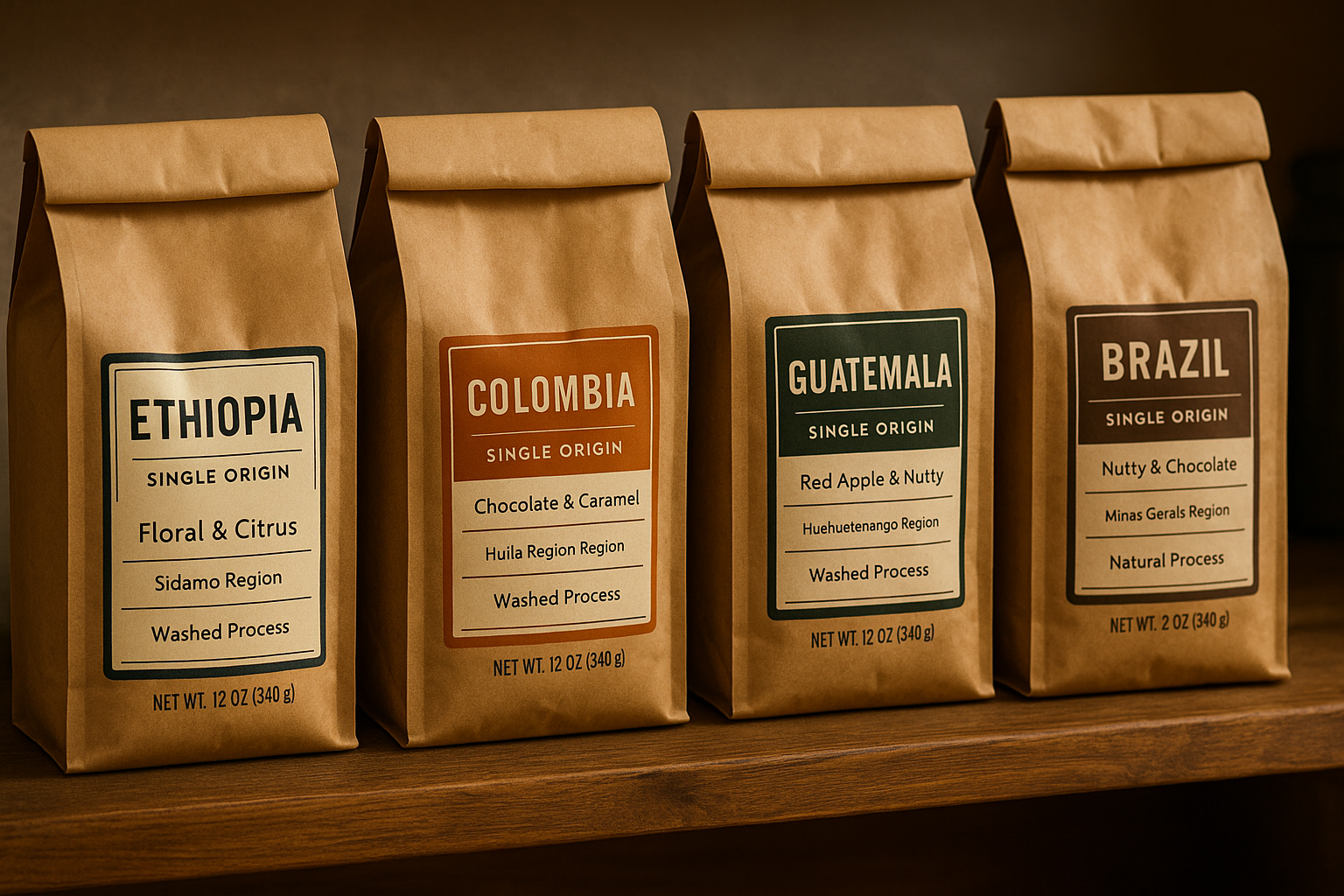In the world of specialty coffee, one term that frequently appears on packaging, café menus, and enthusiast discussions is “single-origin.” But what exactly does that mean, and why do so many coffee lovers and professionals treat it with such reverence?
Whether you’re new to coffee culture or deepening your barista knowledge, understanding the concept of single-origin coffee is essential. This guide will explain its definition, why it’s valued, how it compares to blends, and how you can fully experience the flavors it offers.
What Does “Single-Origin” Mean?
At its core, single-origin coffee refers to beans that come from one specific location. This could be:
- A country (e.g., Colombia, Ethiopia)
- A region within a country (e.g., Sidamo in Ethiopia)
- A specific farm or cooperative (e.g., Finca El Injerto in Guatemala)
- Even a single lot or micro-lot on a particular farm
The idea is that the beans share a common terroir — a French term borrowed from wine that refers to the environmental factors (climate, soil, altitude, etc.) that give a crop its unique characteristics.
Just like a Pinot Noir from Burgundy tastes different from one from California, a washed Ethiopian heirloom coffee will have a completely different flavor profile than a Brazilian natural-processed coffee.
Why Is Single-Origin Coffee So Valued?
There are several reasons why coffee professionals, enthusiasts, and even casual drinkers gravitate toward single-origin offerings.
1. Unique Flavor Profiles
Single-origin coffees showcase the natural diversity of coffee. Instead of creating a consistent flavor (as blends do), single-origins highlight distinct, unaltered characteristics based on origin, processing, and variety.
Examples:
- Ethiopian Yirgacheffe (washed): floral, tea-like, citrus notes
- Kenyan AA (washed): bold acidity, blackcurrant, winey
- Colombian (washed): balanced, sweet, chocolatey
- Brazilian (natural): nutty, low acidity, creamy body
- Panama Geisha (washed or natural): jasmine, tropical fruits, bergamot
For those looking to develop their palate and understand coffee’s complexity, single-origin beans offer a clear and exciting path.
2. Transparency and Traceability
With single-origin coffee, you usually know exactly where the beans came from, often down to the farm or even the grower’s name. This level of transparency is increasingly important to consumers who want to make ethical and sustainable choices.
Labels often include:
- Country and region
- Name of farm or cooperative
- Altitude of cultivation
- Variety of coffee (e.g., Bourbon, Caturra, SL-28)
- Processing method (washed, natural, honey)
This information helps consumers make informed decisions and connects them with the human side of coffee production.
3. Sustainability and Ethical Sourcing
Specialty roasters that sell single-origin coffees often engage in direct trade or relationship coffee, meaning they work closely with producers and pay them a premium price for quality beans. This supports smallholder farmers and encourages better agricultural practices.
By purchasing single-origin coffee, you’re often supporting:
- Fair labor conditions
- Environmentally responsible farming
- Community development projects
- Long-term sustainability in coffee-growing regions
4. Educational Value
For baristas, coffee educators, and enthusiasts, single-origin coffee is a teaching tool. It allows exploration of:
- Roast levels and their impact on flavor
- Processing techniques (washed vs. natural)
- Impact of terroir on taste
- Differences between coffee varieties
It’s like studying wine — every cup is a lesson.
Single-Origin vs. Blends: What’s the Difference?
To fully appreciate single-origin coffee, it helps to contrast it with coffee blends.
Coffee Blends
Blends are a mix of beans from different origins. They’re crafted to achieve:
- Flavor consistency
- Balance between acidity, body, and sweetness
- Versatility (especially in milk-based drinks)
Blends are often used in commercial espresso because they deliver a reliable taste regardless of season or batch variation.
Example: A blend might include a Brazilian base (for body), a bit of Colombian (for sweetness), and some Ethiopian (for brightness).
Single-Origin Coffee
Instead of balance and consistency, single-origin coffee is about distinctiveness and clarity. You experience the full, unblended expression of a specific place and harvest.
In short:
- Blends = controlled flavor, stability
- Single-origin = terroir, transparency, uniqueness
Many cafés offer both, depending on the drink and the customer.
How to Brew and Taste Single-Origin Coffee
To truly appreciate single-origin coffee, it’s important to brew it properly and engage your senses. These coffees are often best enjoyed without milk or sugar to fully explore the flavor.
Ideal Brew Methods
Some methods that highlight the nuances of single-origin beans:
- Hario V60 or Kalita Wave (pour-over) – Clean, controlled extraction
- Chemex – Clarity and elegance
- AeroPress – Versatile and gentle
- Espresso (with care) – High clarity but requires dialing in
- Cold brew – Reveals sweetness and rounded flavors
Avoid methods that produce overly heavy body or mask subtleties, such as French Press or moka pot (though these can still be enjoyable for darker roasts).
Best Grind and Ratio
Use a burr grinder and weigh your coffee for consistency.
Suggested starting point:
- 1:16 coffee-to-water ratio (e.g., 20g coffee to 320g water)
- Water temp: 93–96°C (199–205°F)
Adjust based on roast level and origin. Light roasts generally need more heat and longer brew times.
Tasting Tips
When drinking single-origin coffee, pay attention to:
- Aroma – Floral, nutty, fruity, spicy
- Acidity – Bright, citrus-like or mellow and balanced
- Sweetness – Natural, like brown sugar, honey, or fruit
- Body – Light and tea-like or heavy and syrupy
- Aftertaste – How long does the flavor linger?
Keep a journal of your observations to build your sensory memory and discover your preferences.
Terms to Know When Exploring Single-Origin Coffee
Here are some key terms and concepts that often appear on single-origin labels:
- Microlot: A small, high-quality lot from a specific part of a farm or co-op
- Varietal/Variety: The genetic subspecies of coffee plant (e.g., Typica, Catuai, Gesha)
- Altitude: Measured in meters above sea level — higher altitude generally = more complex acidity
- Processing method: Washed, natural, honey, anaerobic — affects flavor and mouthfeel
- Harvest year: Fresher is better; coffee has a season and quality window
Understanding these will help you make more confident choices.
Common Myths About Single-Origin Coffee
Let’s clear up a few misconceptions:
Myth 1: Single-origin is always better than blends.
Truth: Not necessarily. It depends on your taste and how the coffee is used. Some blends are masterfully crafted and deliver delicious results.
Myth 2: You can only enjoy single-origin as espresso.
Truth: Most single-origins shine in manual brews like pour-over. Some work well in espresso, but they need precise dialing-in.
Myth 3: Single-origin is too expensive.
Truth: While some rare lots (like Panama Geisha) are pricey, many single-origins are accessible and fairly priced — especially if sourced directly.
Myth 4: All single-origins are light roast.
Truth: While light roasts are common to showcase origin flavor, you can find medium and even dark single-origin roasts suited to various preferences.
Where to Buy Good Single-Origin Coffee
Look for specialty roasters that:
- Roast to order
- Provide full traceability
- Share detailed origin info
- Emphasize ethical sourcing
Examples (by region):
- US: Counter Culture, Onyx, Verve
- Europe: Drop Coffee, Workshop Coffee
- Brazil: FAF Coffees, Isso é Café, Wolff Café
- Global: Online platforms like Trade, MistoBox, and local micro-roasters
Buying from these roasters not only supports transparency, it introduces you to new farms and flavor experiences.
Final Thoughts
Single-origin coffee is more than a trend — it’s an invitation to connect with the story behind your brew. With each sip, you taste the climate, soil, altitude, and care that went into growing, processing, and roasting that specific bean.
Whether you’re a barista in training or a home brewer with growing curiosity, exploring single-origin coffee expands your palate, your knowledge, and your appreciation for this remarkable beverage.
It’s not just coffee — it’s geography, agriculture, people, and passion, all in one cup.

I’m an economist with 15 years of experience in strategic planning and a lifelong passion for wellness and natural living. As a self-learner, I created Herbalife Balance to share insights on healthy eating, mindful habits, and an active lifestyle. Tennis enthusiast and nature lover, I believe in balance as a path to well-being. Through this blog, I help others live healthier, more conscious lives.

